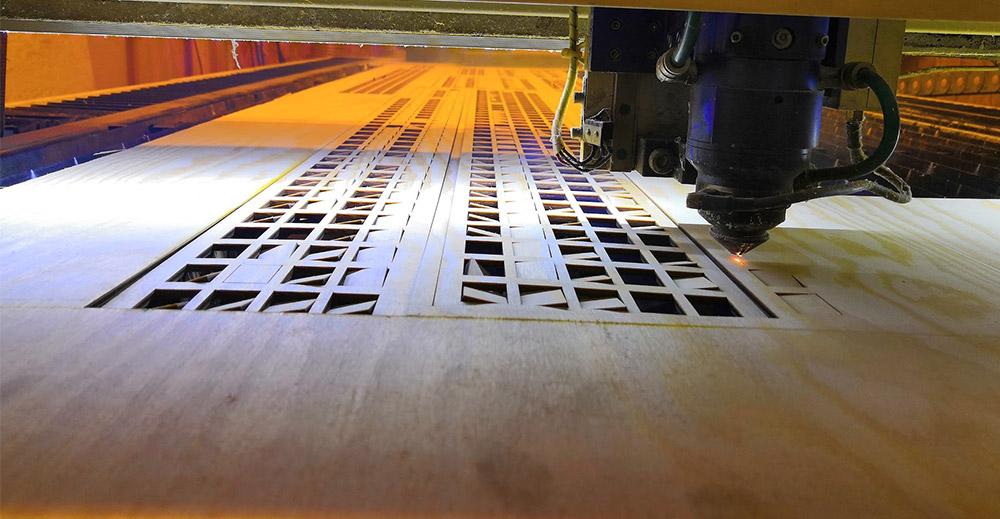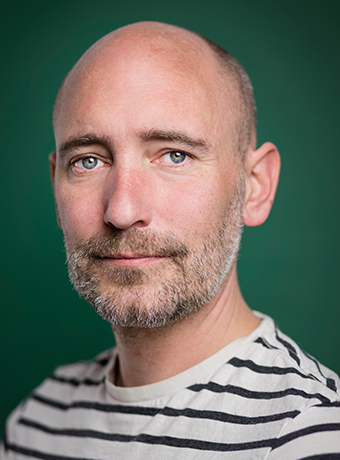Atlantis
UtskottetIf you have seen the film The Day After Tomorrow (2004), you may remember the images of the enormous tidal wave that flooded New York. Running people, floating taxis, and debris were dragged along by the swirling water. Now, fifteen years later, such a modern scenario suddenly seems closer than ever.
With the artwork Atlantis, artist duo Utskottet forces us to confront the realities of climate change. High skyscrapers with their illuminated windows shine towards you. For a moment, the skyline might seem familiar, until you start to recognize iconic buildings of world cities all over the world. If you look closely, you might see the Empire State Building in the dark. Streets or people are nowhere to be seen, as dark water splashes halfway between the buildings. The title of this artwork is Atlantis, a reference to the story of the island kingdom that was destroyed by a series of natural disasters. Utskottet wants to warn us of a similar doomsday scenario. The rising sea level and the increase in extreme weather are consequences of our reckless disregard for the earth. If we don't do something now, our world cities might end up like Atlantis.
Utskottet: "A flooded metropolis is something that many people can relate to. We have seen such a scenario in many disaster movies, but never on that scale in reality. This artwork is our modest way of showing where it's going if we don't change anything". By mixing various image-defining buildings from all over the world into a global cityscape, Utskottet wants to make it clear that the threat of disaster affects us all. The artists designed the buildings on the computer first. Afterward, they manufactured them in real life.
"Many of the buildings are unique, so we had to produce a drawing for all of them. In total, we incorporated more than 60,000 windows in our installation."

The fact that a part of the artwork is underwater formed a technical challenge for the artists. Luckily, they viewed it from the positive side. With a wink, they add: "The fact that large parts of the Netherlands are below sea level was a plus for our installation."

Utskottet
Olof Wiese (1976) and Edvin Buregren (1978) run design studio Utskottet (‘the committee’ or ‘sprawl’) together. They design and build interactive works of art for the public space that revolve around light, sound, and movement. Their work includes swings that make music based on movement, and life-size blocks with words on them, that allow you to compose your own poem. Both artists are highly skilled technically, and their work is built in their own studio.
